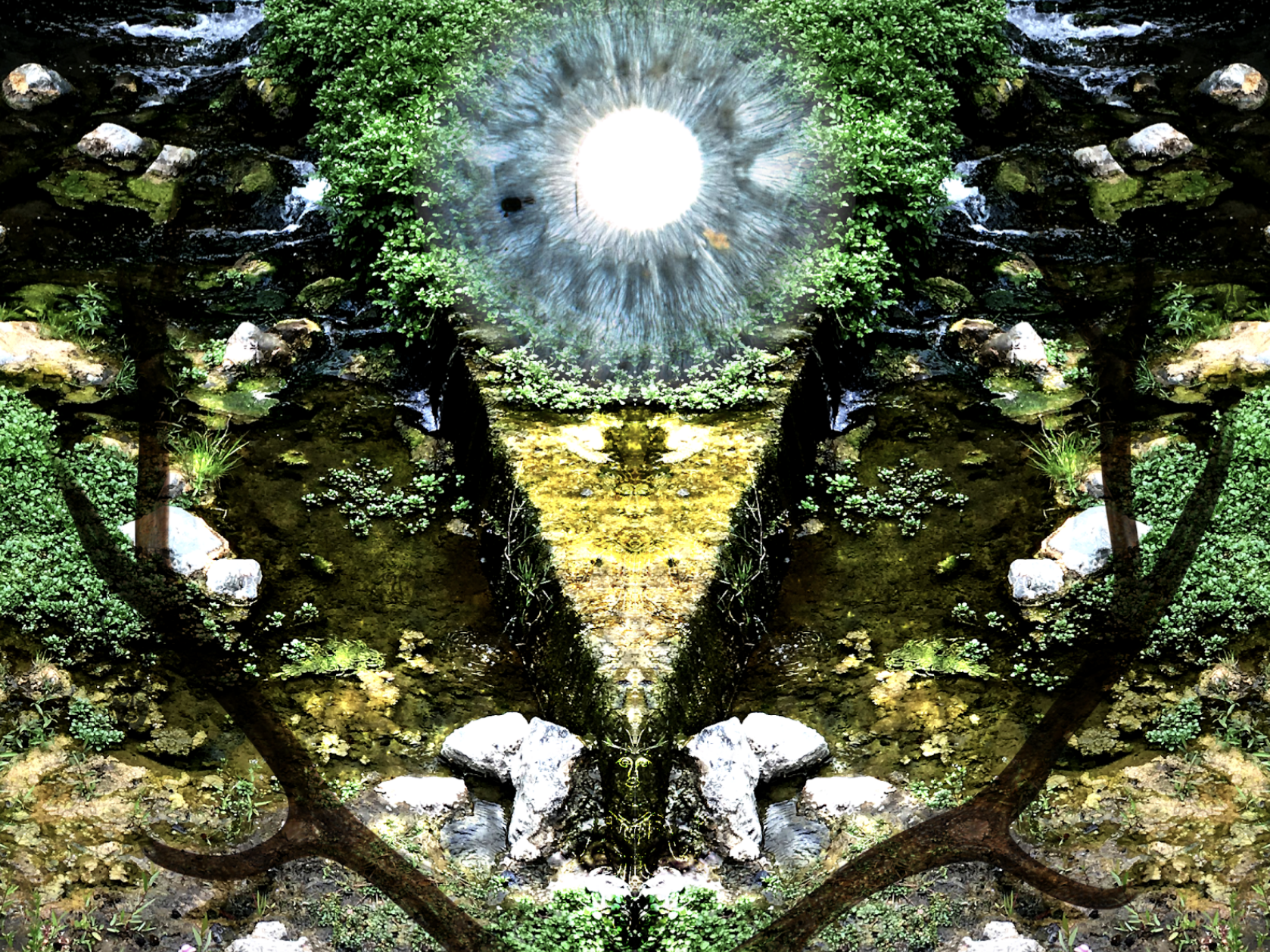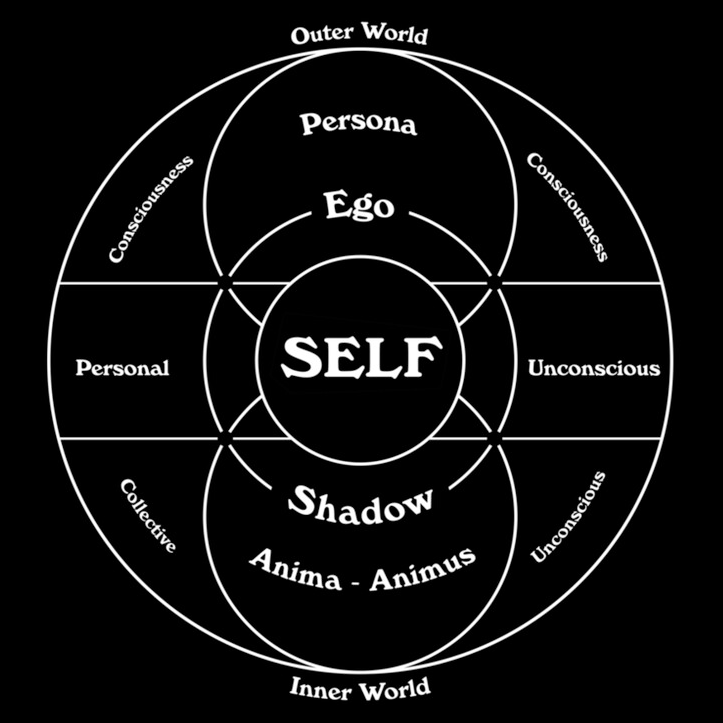Context from CW11: (paragraph breaks added for readability)
[418] These antithetical predications show the amount of reflection that has gone into the hymn: it formulates the figure of our Lord in a series of paradoxes, as God and man, sacrificer and sacrificed. The latter formulation is important because the hymn was sung just before Jesus was arrested, that is, at about the moment when the synoptic gospels speak of the Last Supper and John -among other things- of the parable of the vine. John, significantly enough, does not mention the Last Supper, and in the Acts of John its place is taken by the “round dance.” But the round table, like the round dance, stands for synthesis and union. In the Last Supper this takes the form of participation in the body and blood of Christ, i.e., there is an ingestion and assimilation of the Lord, and in the round dance there is a circular circumambulation round the Lord as the central point.
Despite the outward difference of the symbols, they have a common meaning: Christ is taken into the midst of the disciples. But, although the two rites have this common basic meaning, the outward difference between them should not be overlooked. The classical Eucharistic feast follows the synoptic gospels, whereas the one in the Acts of John follows the Johannine pattern. One could almost say that it expresses, in a form borrowed from some pagan mystery feast, a more immediate relationship of the congregation to Christ, after the manner of the Johannine parable: “I am the vine, ye are the branches. He that abideth in me, and I in him, the same bringeth forth much fruit” (John 15:5). This close relationship is represented by the circle and central point: the two parts are indispensable to each other and equivalent.
Since olden times the circle with a centre has been a symbol for the Deity, illustrating the wholeness of God incarnate: the single point in the centre and the series of points constituting the circumference. Ritual circumambulation often bases itself quite consciously on the cosmic picture of the starry heavens revolving, on the “dance of the stars” an idea that is still preserved in the comparison of the twelve disciples with the zodiacal constellations, as also in the depictions of the zodiac that are sometimes found in churches, in front of the altar or on the roof of the nave. Some such picture may well have been at the back of the medieval ball-game of pelota that was played in church by the bishop and his clergy.

